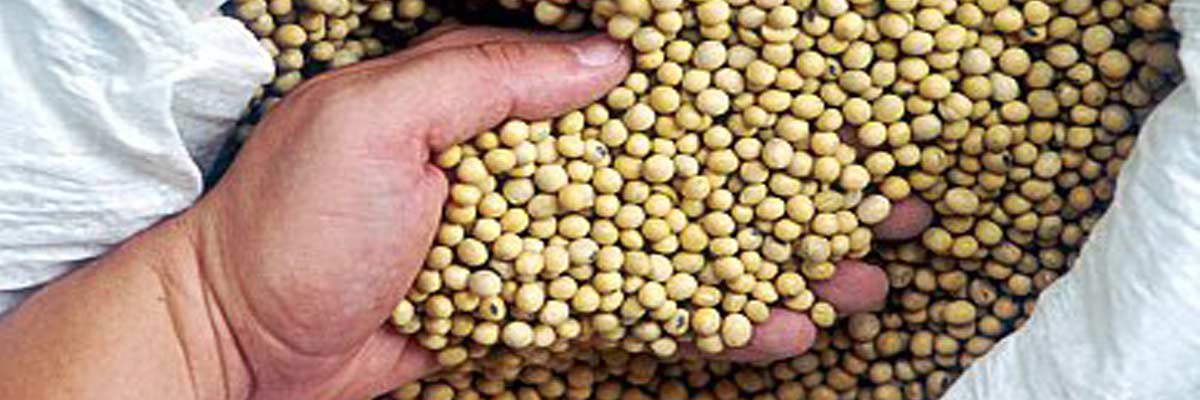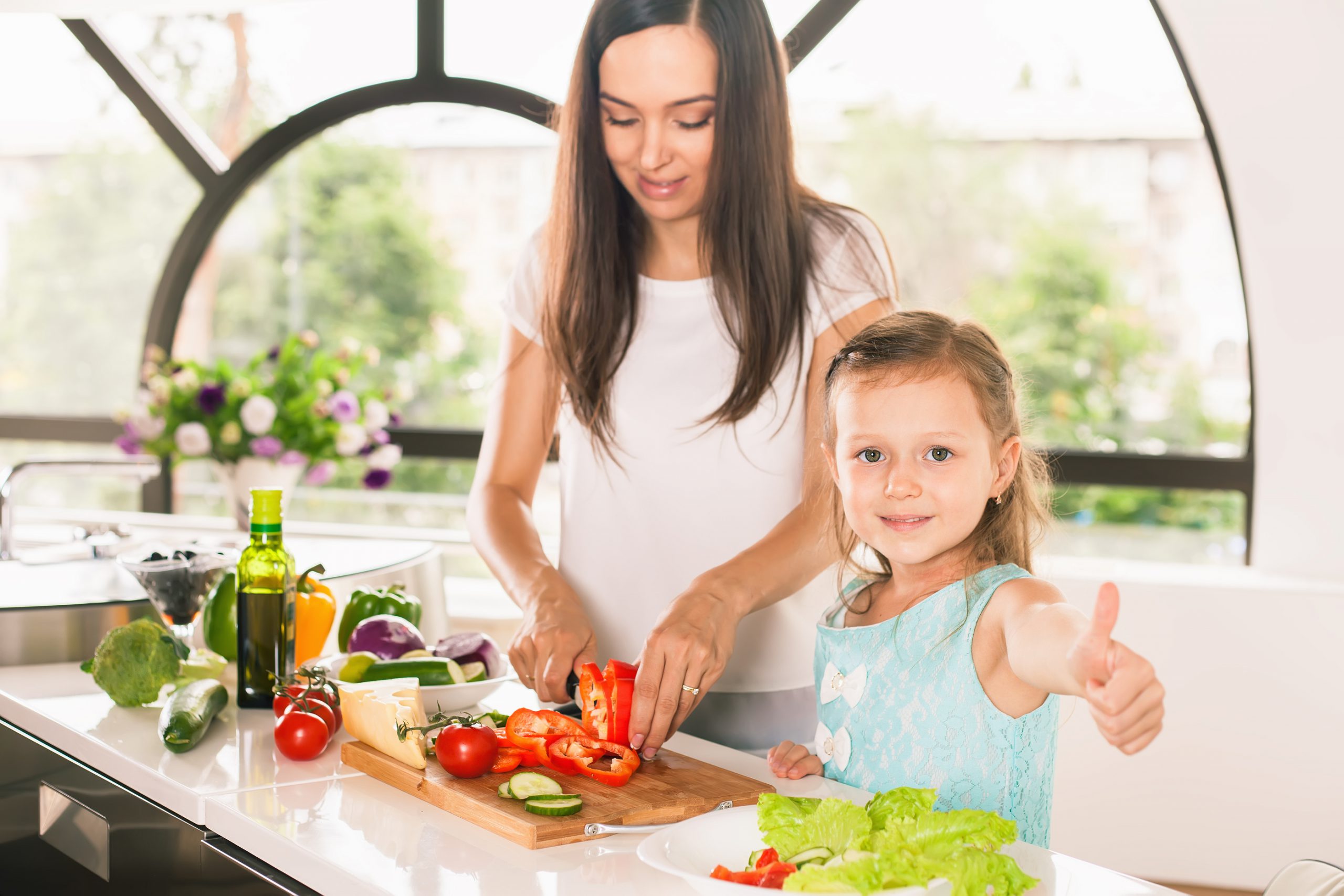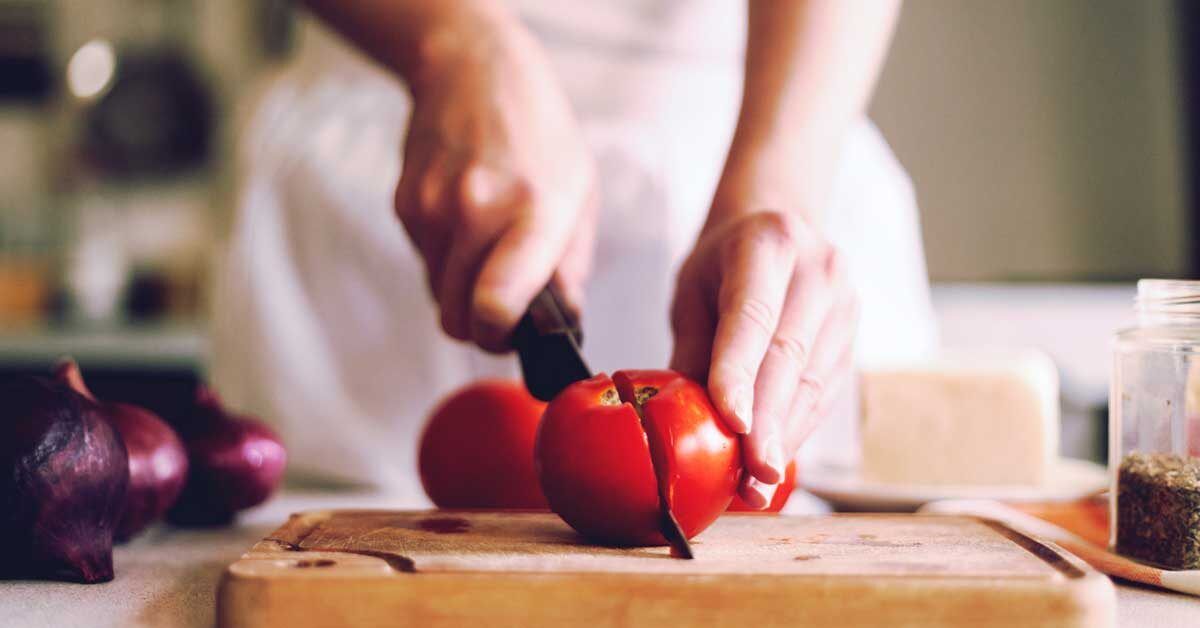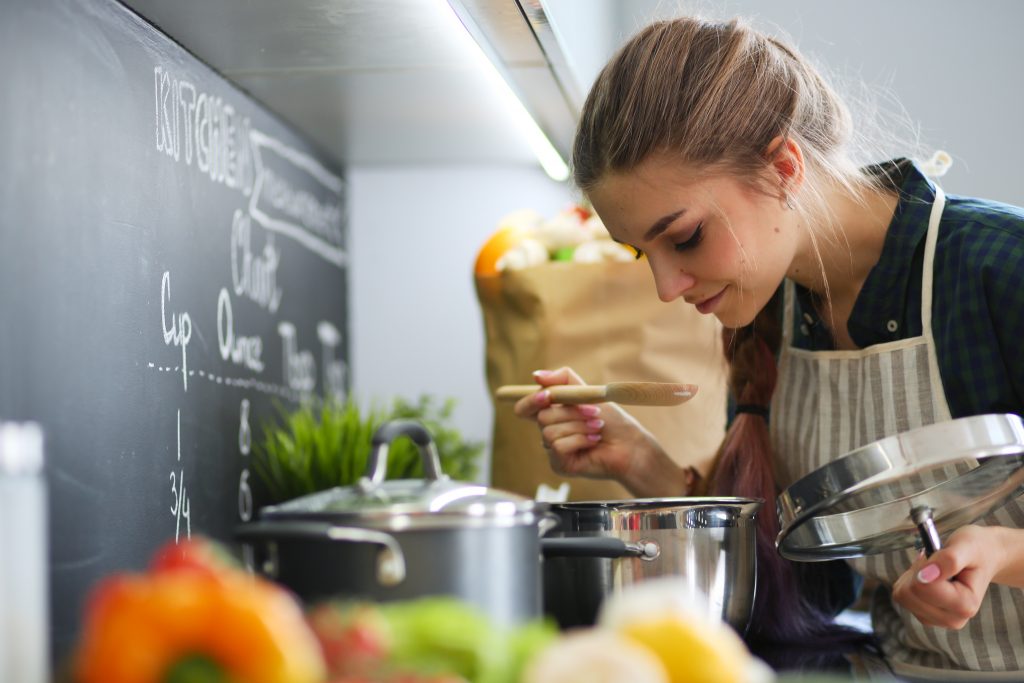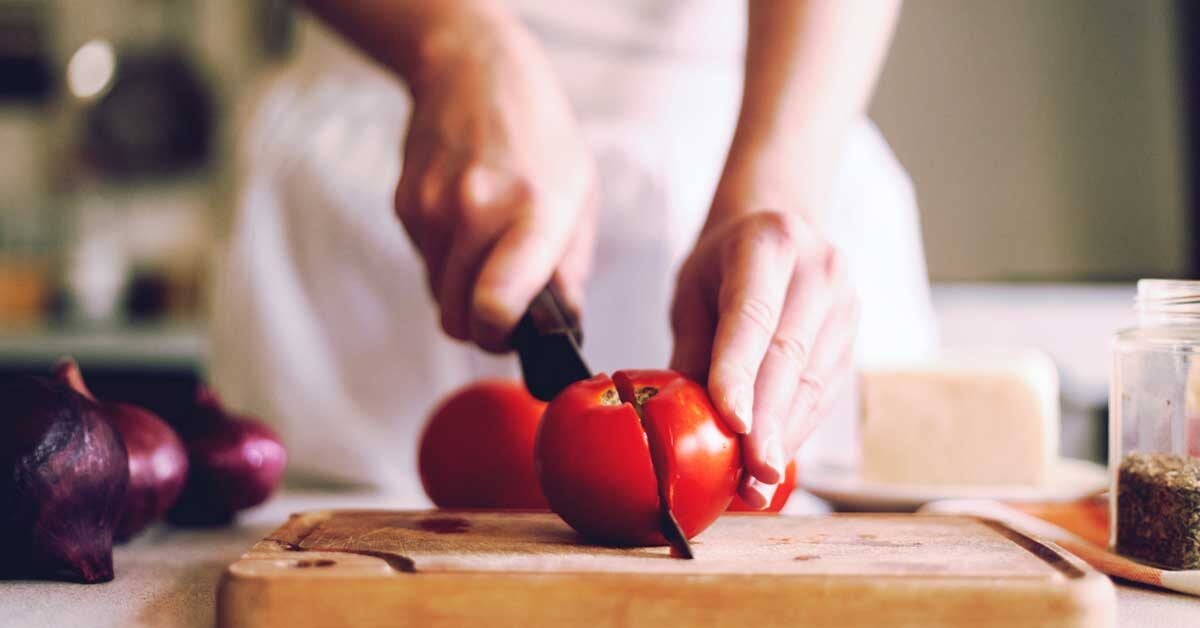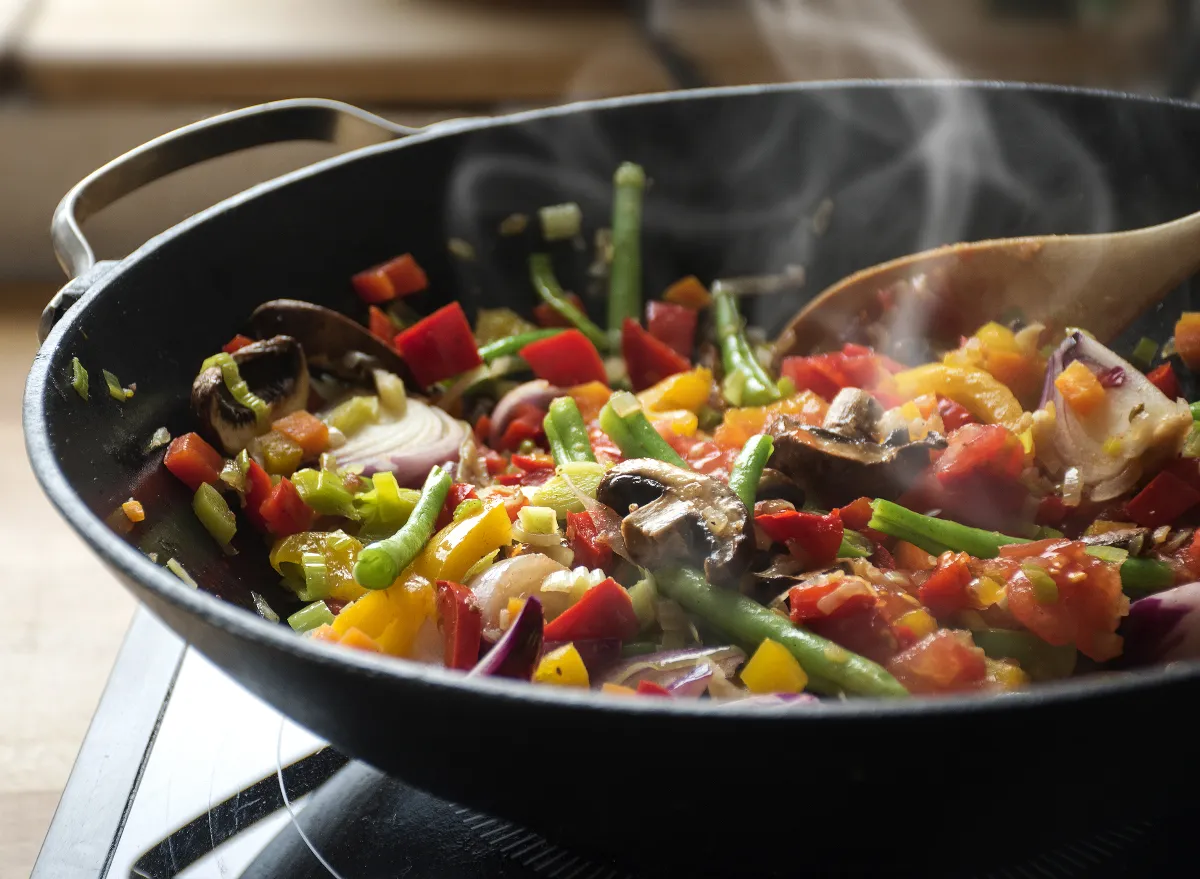OMG have you been reading Dr. Gundry? Yeah, I fell for that BS for about 5 minutes. There is a good response from Dr. Gregar and Nutrition Facts. I will include the link below.
First off lectins are destroyed by typical cooking and preparing. For instance, the heat that soy milk goes thru destroys something like 80% of the lectins.
Second, if you are going to worry about the lectins in soy milk you probably need to stop eating tomatoes, potatoes, eggplants, and bell peppers, and peanuts too. Although like other plant foods that contain lectins - most of the lectins are destroyed by cooking.
Finally, (maybe I should have made this first) lectins are not dangerous.
A new diet trend suggests individuals wanting to lose weight should avoid consuming foods that contain lectins, a plant protein.
www.farmanddairy.com
Lectins have been in the spotlight, and for some, have become a cause for concern. At least when it comes to soyfoods, that concern is mostly much ado about nothing. Given all the attention they’re receiving, you might think these proteins are newly discovered, perhaps because of a sudden advance…
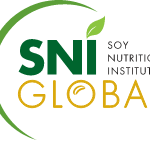
thesoynutritioninstitute.com

www.edenfoods.com
Lectins are a type of protein that can reduce nutrient absorption. Learn about 6 high-lectin foods and how to minimize their risks.

www.healthline.com
DEAR MAYO CLINIC: I keep reading about weight loss and other health benefits from a diet where people eliminate lectins. Is there any truth to the claim that a lectin-free diet can cure autoimmune diseases and other health problems? ANSWER: No scientific evidence exists to show that eliminating...

newsnetwork.mayoclinic.org
--https://www.youtube.com/watch?v=7NT4q_5dfL


